Although we visited Istanbul at the end of our trip I will start with it here because it is what most people are likely to visit first.
This city of about 14 million inhabitants is the only one in the world to spread over two continents (Europe and Asia) and it is the greatest tourist attraction in Turkey. This capital of three empires: Roman, Byzantine and Ottoman, is a fascinating mixture of past and present, old and new, traditional and modern, museums, churches, palaces, mosques, bazaars… It is also the source of endless traffic jams as there is very little underground transport.
The first image that comes to mind when one thinks of Istanbul is that of Aya Sofya and the Blue Mosque. They sit facing each other and are always part of the landscape where ever you are in Istanbul.
Aya Sofya (Hagia Sophia)
Built by the Byzantine architects Anthenius de Tralles, a mathematician, and Isodorus de Miletus, a physicist, Aya Sofya was a special order from Justinien. It is the fourth largest cathedral in the world and is considered as one of the world’s architectural marvels of all times.
Did you know that, to build it’s dome, the architects had to have special bricks made in Rhodes that were so light that it took twelve of them to make up the weight of a regular one. This was in 526 and this beautiful dome remained unequaled until the construction of the St Pierre de Rome basilica by Michaelangelo a thousand years later. The construction was completed in 536. It’s name: Hagia Sophia means “church of divine wisdom”. The site where it now stands has been the site of many adventures. The church that stood there was burned down in 404. Rebuilt by Theodosius, it burned again in 532. Then an earthquake damaged the dome which stood 101 feet from east to west and 104 feet from north to south. Luckily it was repaired.
The most famous mosaic of the church : ” the christ en majesté” stands above the central door of the famous triple royal entrance.
Later, huge wood medallions were hung on the walls. The mosaics were covered with lime and the church was transformed into a mosque.
It is only in 1935 that the insides were restaured, the plaster and the lie was removed and the mosaics were revealed. Sainte Sophie is now a museum. The inside is presently under renovation and there is a big scaffolding under the central dome, that is so high it has an elevator. What is striking about this building is its size of course but also the presence of big medallions with arabic writings in what was clearly a christian building, testament to its history. To get to the second level is a circular ramp rather than stairs. It is said to have been installed to accommodate elderly and crippled worshipers who could not use stairs. It is one long climb!
I managed to photograph this colorful street vendor in traditional costume who was offering drinks in front of Aya Sophia. This one served fruit juice. I have been told sometimes it is tea.
SULTAN AHMET MOSQUE (known as the Blue Mosque)
Ahmet Ist, who was crowned at age 14, was a very religious sultan. He ordered the building of the Sultan Ahmet mosque to compete with the size and height of Aya Sofya. Less daring but more harmonious, it is one of the most marvelous mosques of Turkey, the most famous and the most important in Istanbul. It is famous, not only because of it’s elegant cascade of cupolas and half coupolas, but also the six slender minarets which accentuate it’s silhouette, and a total of sixteen balconies which honor the sixteen sultans of the Empire. An imperial loggia, a school, a service kiosk and stores completed the ensemble. The structure was planned so as to let in as much light as possible, thus creating a vast and well lit space. The mosque takes it’s name from the tiles which decorate it’s walls and dome: in the books of the time there are 21 043. The Iznik ceramic is at its best here with beautiful traditional flower motifs ( lilllies, carnations. tulips, roses, cypresses and other trees) all in exquisite shades where blue and green dominate. The light that shines on the coupolas intensifies the blues and brightens the purples of the prayer mats spread out on the floor. The mirhâb and the minbar made of white marble, sculpted with grace are good examples of ottoman art. In the mirhâb, framed by two lage candle holders, is a piece of black Kaaba stone. The large bronze outside doors are just as remarkable, as the doors and the shutters made out of wood inlaid with mother of pearl, turtoise shell and ivory. I find this building much prettier than Aya Sofya both outside and in. The mosaics are so varied and the colors so beautiful I would have liked to spend a lot more time there.
TOPKAPI PALACE
Topkapi means the door of the cannon. The site was chosen for its beauty by Mehmed II. The first building was built between 1472 and 1478. Many additions were ordered by various sultans such as Soliman the magnigficient and Murad III. He is the one who ordered the building of the harem. Topkapi were the official residence for sultans until 1856. It is the only true Ottoman palace still standing today.
It is built along four courtyards, the public rooms first and the private ones in the back. You enter the first one through the Imperial door…which remained open from the first call to prayer in the morning until the last one at night.
The second yard was reached through the Middle door. Only the sultan was allowed to cross it on horseback. This is where official receptions were held. The third yard was only accessible to the highest dignitaries. This is where the ruler lived with his pages. The Harem is where the family lived. Only doctors, musicians and repairmen were admitted there. The fourth courtyard was composed of gardens and small pavilions.
We visited a few of the buildings where some incredible gemstones are exhibited, costumes also, as well as the kitchens where there is an impressive collection of chinese porcelain.
We did not visit the Harem, but I had seen photographs and the decorations were spectacular. Harems are often called golden cages. Can you imagine all these women confined together, each one hoping to get noticed by the sultan? There must have been a substantial amount of bitching and back stabbing. One of the pieces of jewelry that is very popular in Turkey is called the harem ring or Sultan’s ring. It consists of four bands of gold; each one adorned with different stones: clear (diamonds), red (rubies), blue (saphires) and green (emeralds). It is said that the favourite got all four bands while lesser women got one or two depending on their status.
I could not photograph inside so these are pictures of the courtyards.
BOSPHORUS CRUISE
A very popular activity in Istanbul is to take a cruise on the Bosphorous, which we did. We got to see many beautifully preserved wood houses along the water’s edge, many mosques and summer palaces, as well as the Ortaköy Mosque, and the Dolmabahçe palace which holds a very impressive art collection.
BAZAAR
Another “must see” in Istanbul is the bazaar. A shopper’s paradise of covered street after covered street of jewelry, leather, pottery, carpets and souvenirs.. You are expected to bargain but I was pleasantly surprised by the laid back attitude, there was no harassing. I had been told not to go into a carpet shop unless I intended to buy one so I stayed away but was impressed by their window displays. I just had to photograph these men playing backgammon outside a shop. I saw quite a few during the trip, it is a popular game in Turkey.
While in Istanbul we visited two popular nightlife areas: Taxim, filled with shops and restaurants and Kumkapi the place to go for fish restaurants. Both were busy and fun. This sign is a manhole cover.
There is a lot we did not get to see that belong on a “must see” list: the Dolmabahçe and Beylerbeyi palaces, the Süleymaniye mosque, the Bizantine cystern, the Galata tower, the spice bazaar, to name a few. But let me show you what else I saw!!!!
Take me to Turkey Part 2 – Bursa
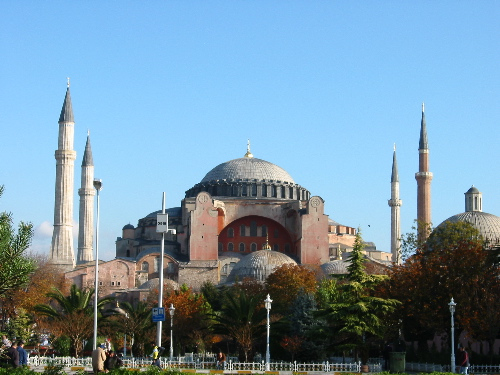

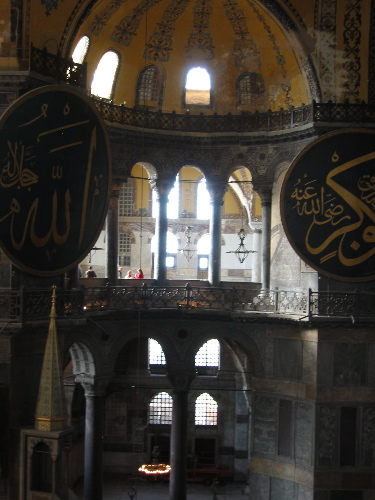
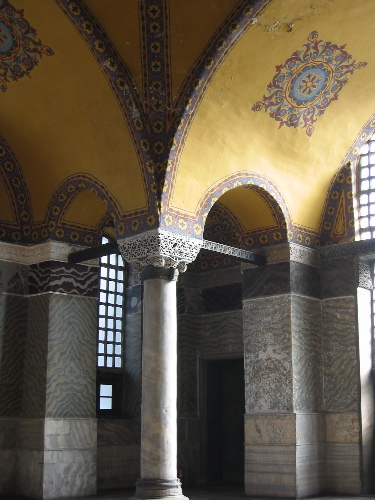
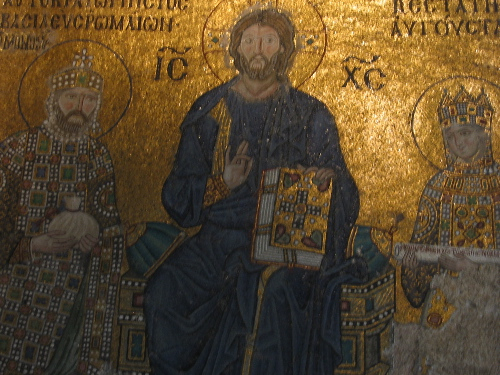
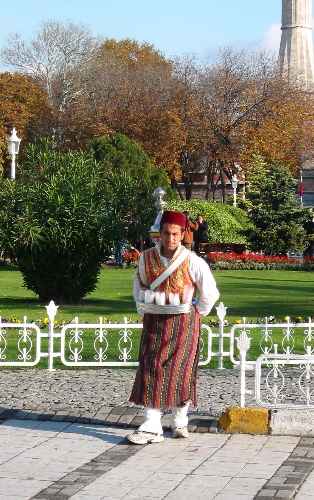
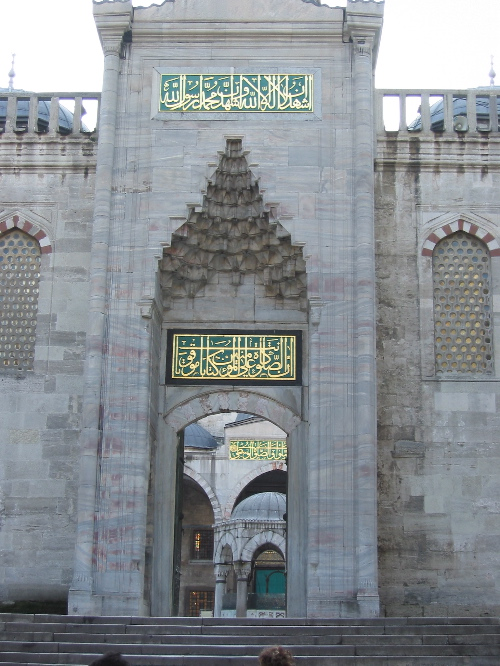

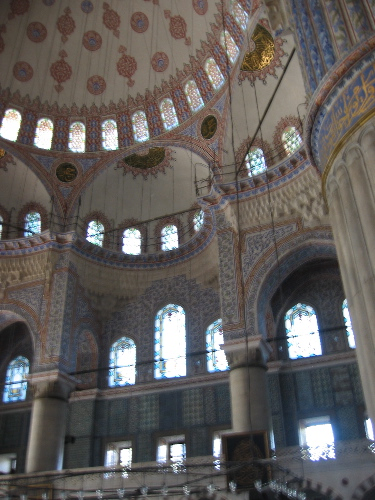
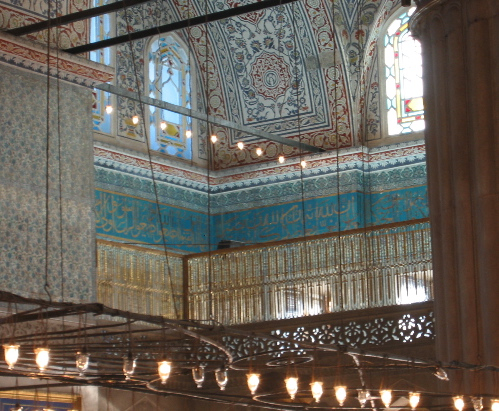
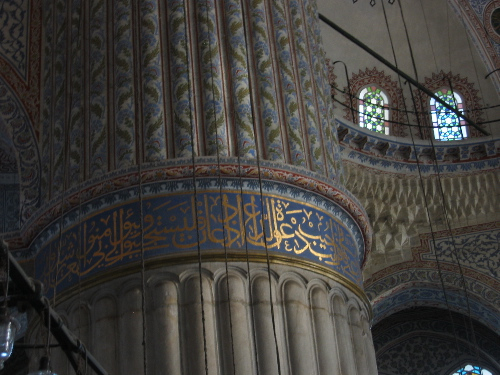

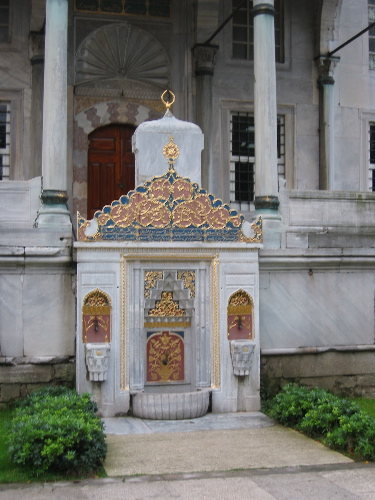
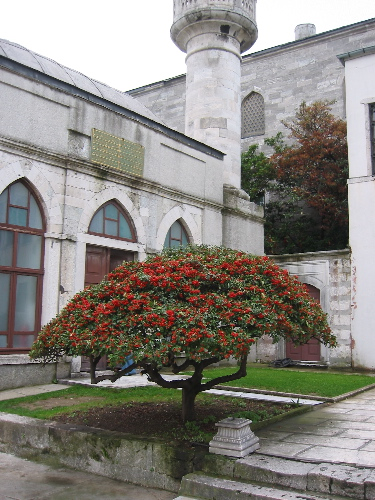


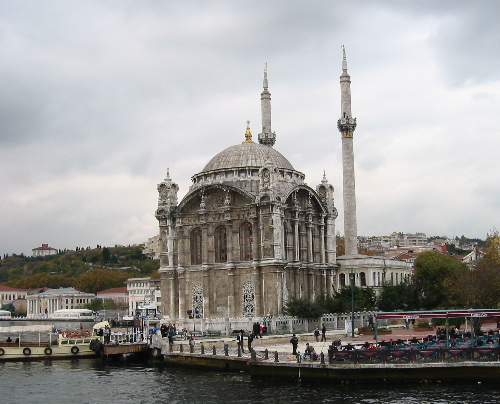
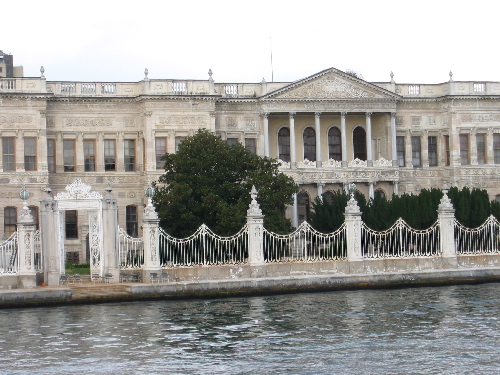

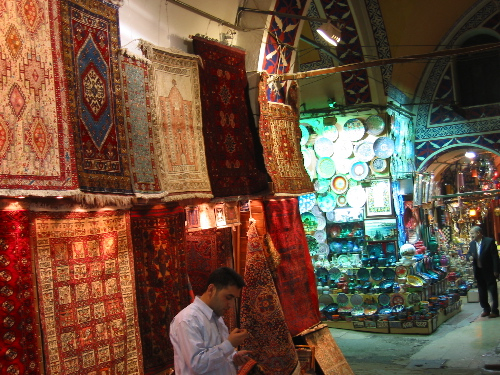

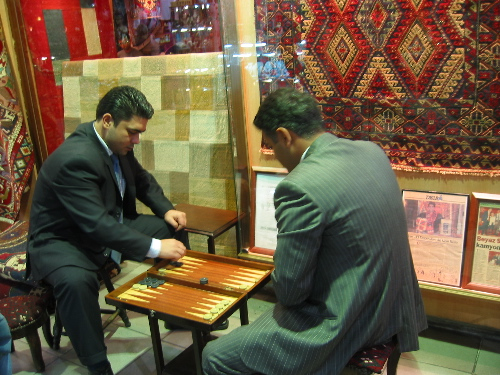


One thought on “Turkey – Istanbul”